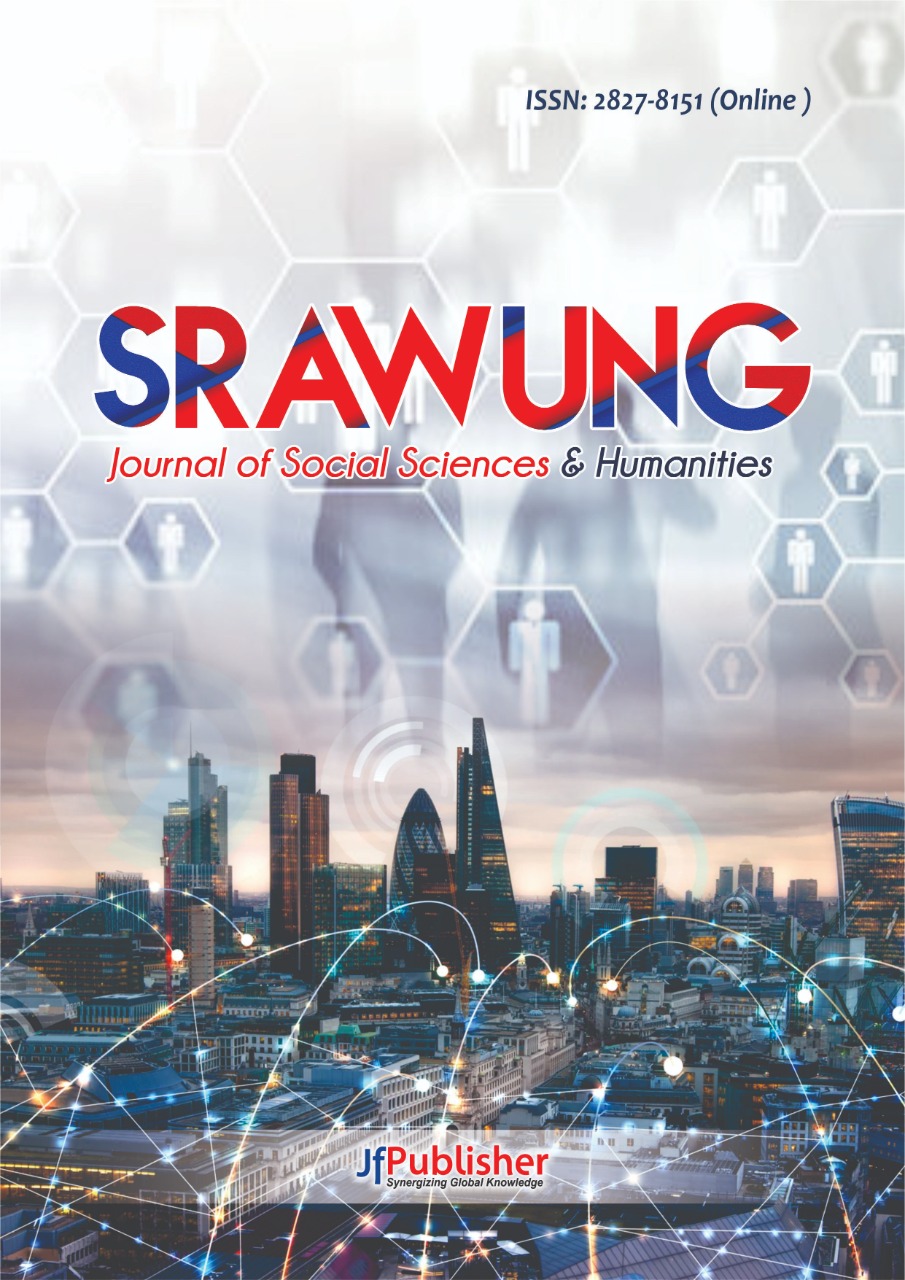THE SHIFTING SEMANTICS OF “KAWAII”: HISTORICAL, CULTURAL, AND GENDERED TRANSFORMATIONS IN JAPANESE AESTHETIC PERCEPTION
Nagoya University
UIN Sunan Ampel Surabaya
DOI:
https://doi.org/10.56943/jssh.v4i4.878The Japanese concept of Kawaii often translated as “cute” or “adorable” has become an emblem of Japan’s global cultural identity. However, beyond its surface charm, Kawaii encapsulates a profound cultural discourse that intertwines emotion, gender, and power. This paper examines the shifting semantics and cultural functions of Kawaii from the Showa period to the Reiwa era, revealing how its meaning evolved from a symbol of fragile innocence to one of empowerment and diversity. Employing a qualitative and multimodal approach, the research draws from historical media artifacts such as Shoujo no Tomo (Girls’ Companion) magazine and contemporary visual representations alongside intergenerational interviews. The findings suggest that Kawaii functions as both a linguistic and ideological framework through which Japanese femininity, consumer identity, and self-expression are negotiated. Ultimately, Kawaii emerges as a dynamic aesthetic category that reflects broader sociocultural transformations, particularly the reconfiguration of gender and affect in modern Japan.
Keywords: Cultural Semiotics Historical Discourse Japanese Aesthetics Kawaii Multimodality
Akalu, T. Y., Clements, A. C. A., Liyew, A. M., Gilmour, B., Murray, M. B., & Alene, K. A. (2024). Risk factors associated with post-tuberculosis sequelae: a systematic review and meta-analysis. EClinicalMedicine, 77. https://doi.org/10.1016/J.ECLINM.2024.102898,
Allison, A. (2006). Pokemon Capitalism at the Millenium. In Japan After Japan.
Appadurai, A. (1996). Modernity at Large.
Azuma, S. (2009). Shakai Gengogaku Nyuumon.
Bae, C. (2018). War on the Domestic Front : Changing Ideals of Girlhood in Girls ’ Magazines , 1937-45. 42(42), 107–135.
Barthes, R. (1977). The Death of the author, translated by Stephen Heath. In Image, music, text: essays selected and translated by Stephen Heath (pp. 142–148).
Braun, V., & Clarke, V. (2006). Using thematic analysis in psychology. Qualitative Research in Psychology, 3(2), 77–101. https://doi.org/10.1191/1478088706QP063OA
Butler, J. (1990). Gender Trouble: Feminism and the Subversion of Identity. Routledge.
Creswell, J. W. (2018). Research Design: Qualitative, Quantitative, and Mixed Methods Approaches (3rd Editio). SAGE. https://www.ucg.ac.me/skladiste/blog_609332/objava_105202/fajlovi/Creswell.pdf
Daniel, L. (2024). The Son of Man and the End of Days. https://daniellehewych.medium.com/the-son-of-man-and-the-end-of-days-d3e258e1a183
Deleuze, G., & Guattari, F. L. (1987). A Thousand Plateaus: Capitalism and Schizophrenia (B. Massumi, Trans.). University of Minnesota Press.
Dollase, H. T. (2008). Girls on the home front: An examination of shōjo no tomo magazine 1937-1945. Asian Studies Review, 32(3), 323–339. https://doi.org/10.1080/10357820802294172
Dollase, H. T. (2019). Age of Shojo.
Hirota, D. (1995). Wind in The Pines.
Kinsella, S. (1995). Cuties in Japan. University of Hawaii Press.
Kress, G., & Van Leeuwen, T. (2001). Multimodal discourse: The modes and media of contemporary communication. Arnold Publishers.
Lieber-Milo, A., Lieber-Milo, S., & Nittono, H. (2019). From a Word to a Commercial Power : A Brief Introduction to the Kawaii Aesthetic in Contemporary Japan. Innovative Research in Japanese Studies, 3, 13–32. https://doi.org/10.18910/73599
Lieber-Milo, S., & Nittono, H. (2019). From a Word to a Commercial Power : A Brief Introduction to the Kawaii Aesthetic in Contemporary Japan. Innovative Research in Japanese Studies, 3, 13–32.
Majda, N. E., Utaminingsih, S., & Ismaya, E. A. (2022). Learning Management based on Gender Responsive Segregation at MA Raudlatul Ulum. Srawung: Journal of Social Sciences and Humanities, 1(4), 41–53. https://doi.org/10.56943/JSSH.V1I4.186
Margalena, S., Suroso, I., Bhayangkara Surabaya, U., & Author, C. (2023). THE ROLE OF CORRECTIONAL INSTITUTIONS IN THE IMPLEMENTATION OF PRISONER DEVELOPMENT IN CLASS I CORRECTIONAL INSTITUTION SURABAYA THROUGH THE PERSPECTIVE OF LEGAL SOCIOLOGY. Srawung: Journal of Social Sciences and Humanities, 2(4), 1–15. https://doi.org/10.56943/JSSH.V2I4.393
Miller, D. (1983). The Correlates of Entrepreneurship in Three Types of Firms. Management Science, 29(7), 770–791. https://doi.org/10.1287/MNSC.29.7.770;WEBSITE:WEBSITE:INFORMS-SITE
Miller, D. L. (2017). George Herbert Mead: Symbolic Interaction and Social Change. The Psychological Record 1973 23:3, 23(3), 294–304. https://doi.org/10.1007/BF03394172
Nittono, H., Fukushima, M., Yano, A., & Moriya, H. (2012). The Power of Kawaii: Viewing Cute Images Promotes a Careful Behavior and Narrows Attentional Focus. PLOS ONE, 7(9), e46362. https://doi.org/10.1371/JOURNAL.PONE.0046362
Nye, J. S. (1990). Soft Power. Foreign Policy, 80, 153. https://doi.org/10.2307/1148580
Occhi, D. J. (2012). Wobbly Aesthetics, Performance, and Message. 71(1), 109–132.
Saito, Y. (2019). English Language Teaching and Learning in Japan: History and Prospect (pp. 211–220). https://doi.org/10.1007/978-981-13-2632-5_13
Urakami, J., Qie, N., Kang, X., & Patrick Rau, P. L. (2021). Cultural adaptation of “kawaii” in short mobile video applications: How the perception of “kawaii” is shaped by the cultural background of the viewer and the gender of the performer. Computers in Human Behavior Reports, 4(December 2020), 100109. https://doi.org/10.1016/j.chbr.2021.100109

